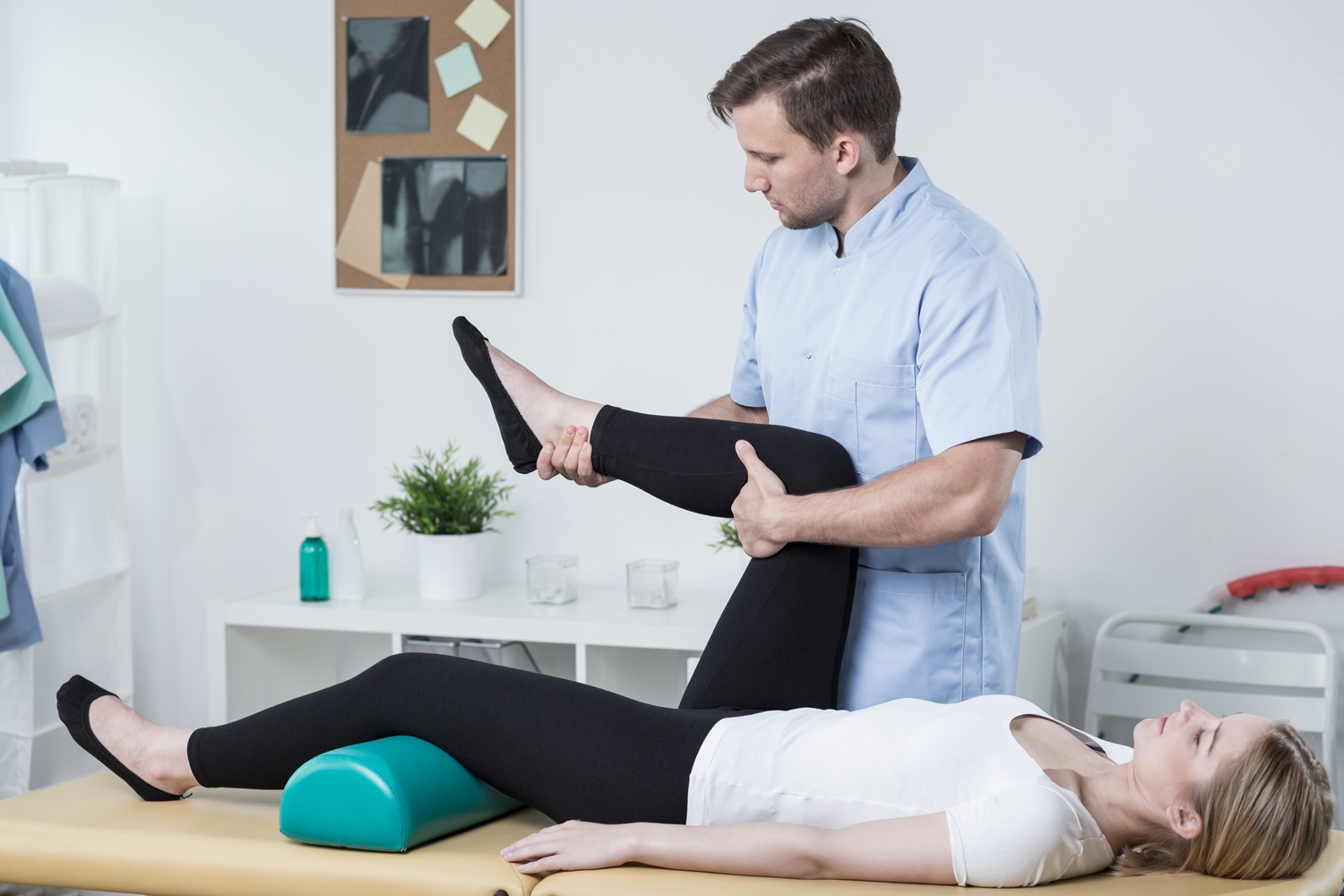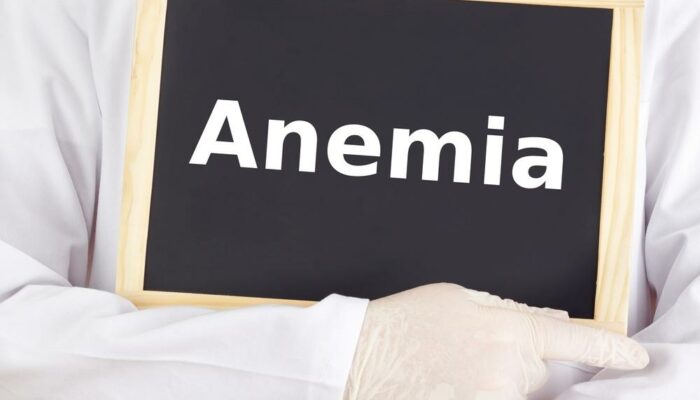
Complications from deep vein thrombosis
Deep vein thrombosis (DVT) is caused when the normal flow of blood in veins is affected, caused by the formation of a clot. It can occur in people of all ages, especially among the elderly due to a sedentary lifestyle, during hospitalization for surgeries, obesity and family history. It can be treated easily if detected early but can cause a lot of complications if left undetected and not treated on time.
DVT can cause severe complications, including life-threatening ones if symptoms are ignored – with pulmonary embolism (PE) being the most important. PE can be fatal and can occur so fast that it gives very little time for medical help to reach the affected individual. It takes place when a small part of the blood clot disengages and manages to reach the lungs while traveling through the bloodstream. This small part of the blood clot will block blood vessels there and can be fatal.
DVT, though not widely known, unfortunately, takes a toll on a large number of people in the country. Lack of prominent signs or symptoms is attributed to this condition. The common symptoms like swelling, tenderness of the skin and pain in the affected area are normally ignored by the affected people. As much as one-tenth of people affected by DVT can develop a severe pulmonary embolism.
If the part of the blood clot that breaks free is very small, it might not cause problems, but if it is medium-sized, it can result in pain in the lungs and breathing complications. If the part of the clot that breaks free and travels to the lungs is big, it can result in the collapse of the organ and eventually, cardiac arrest.
The complications of DVT, while occurring in limbs, can cause major damage to veins. The clots can affect the flow of blood in the vessels to such an extent that instead of sending blood to the heart, it will be sent back. This results in stagnation causing symptoms like pain, change of skin color from normal to dark patches caused by the clot, pain, and sores.
Severe complications caused by DVT can be established by sudden coughs, including bleeding and heavy breathing while remaining idle. Other severe complications include stinging pain in the lungs, increasing heartbeats with no signs of slowing down and coughing during routine activities like eating and walking.
A blood clot in the calf muscles can cause blood to be diverted to other veins, resulting in ulcer of the calf muscles. The tissues in the calf muscles can be damaged, thereby weakening the entire affected leg. If people suffering from paralysis, obesity and those having varicose veins leave it untreated, calf ulcers can cause large-scale problems to their limbs if they do not take treatment promptly.
People who are overweight are likely to develop severe complications compared to those with normal weight and good health indicators. This clearly indicates that one needs a good amount of physical activity to avoid such complications.



